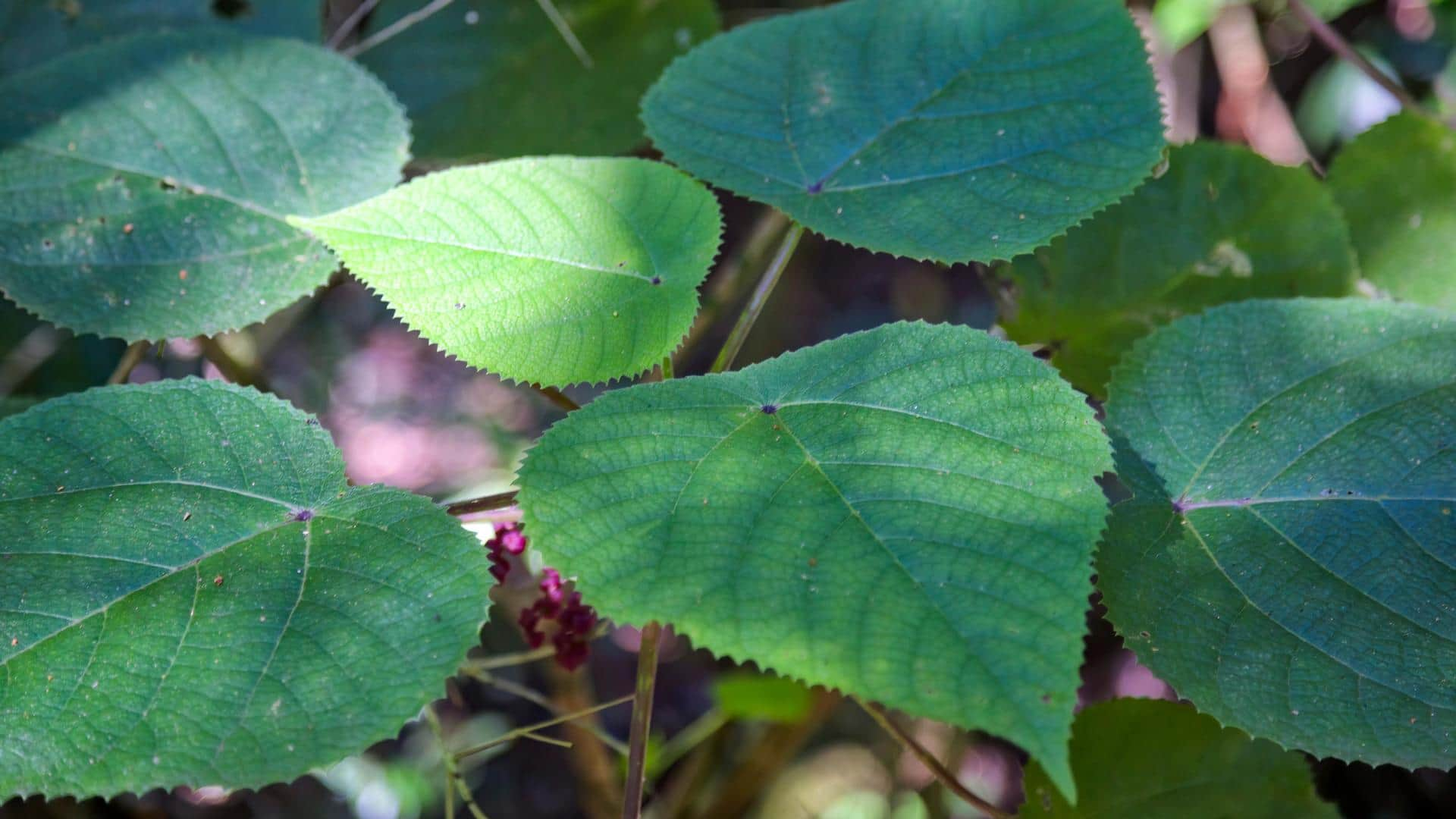
Gympie-Gympie: The plant that makes death a more appealing choice
What's the story
Earning its title as one of the world's most dangerous plants, the treacherous Gympie-Gympie plant has made its way to the United Kingdom. Its sting is so potent that it can trigger thoughts of suicide in people. The pain it inflicts is so intense that people describe it as a combination of being electrocuted and burned at the same time.
New home
Housed in a glass cage, and supervised by dedicated keeper
The fearsome Gympie-Gympie plant has established residence within The Poison Garden at Alnwick Garden in Northumberland, England. As per a BBC report, this garden has taken strict precautions to ensure the plant's containment. The Gympie-Gympie is looked after by a caretaker and resides within a glass case, as even a gentle touch of its leaves can unleash excruciating pain that can last for months.
Poison garden
What makes the Poison Garden unique?
If you are not familiar with The Poison Garden, it holds the reputation of being the world's "deadliest" garden, established in 2005. This unique garden is home to more than 100 varieties of poisonous and narcotic plants. If you are planning to visit this garden, it is important to note that a safety briefing is mandatory before entering its premises.
Venom
Gympie-Gympie is native to Australia
The Gympie-Gympie plant typically thrives in the rainforests of Australia and Indonesia. The plant inflicts agonizing pain for weeks or even months. John Knox, the lead tour guide at The Poison Garden, shared with the BBC that because the plant has little hair, brushing against it causes its hairs to penetrate the skin, break off, and introduce venom, causing unbearable suffering.
Information
British man grew this plant at home
Last year a British man, Daniel Emlyn-Jones, grew this plant at home in a cage with a "danger" sign, to ensure no one gets stung. He wanted to promote an interest in plants by cultivating unique ones.
Identification
How to identify the Gympie-Gympie plant?
The plant has wide leaves that are either oval or heart-shaped. These leaves are covered in tiny bristles, giving them a furry appearance. These leaves have saw-tooth edges and can vary in size from as small as a thumbnail to over 50cm wide. The plant also produces fruit that are white, pink, or dark red in color, almost resembling mulberries.
Science
What to do if you are stung by this stringer?
You can't just pluck it out with your nails, as these fine needles are invisible to the naked eye. The only option is to use hot wax to rip them all out, but even then, there is a risk of the stingers breaking off and getting embedded in the skin. While this method can somewhat reduce the pain, it is not foolproof.
Tales
Stories of excruciating agony
In 1866, an Australian man named AC Macmillan in North Queensland experienced a devastating event when his horse got stung by a bush. The horse became agitated and tragically passed away within two hours. In a separate incident during World War II, an officer unknowingly used a Gympie Gympie leaf as toilet paper. He ended up shooting himself, unable to bear the deep-seated pain.